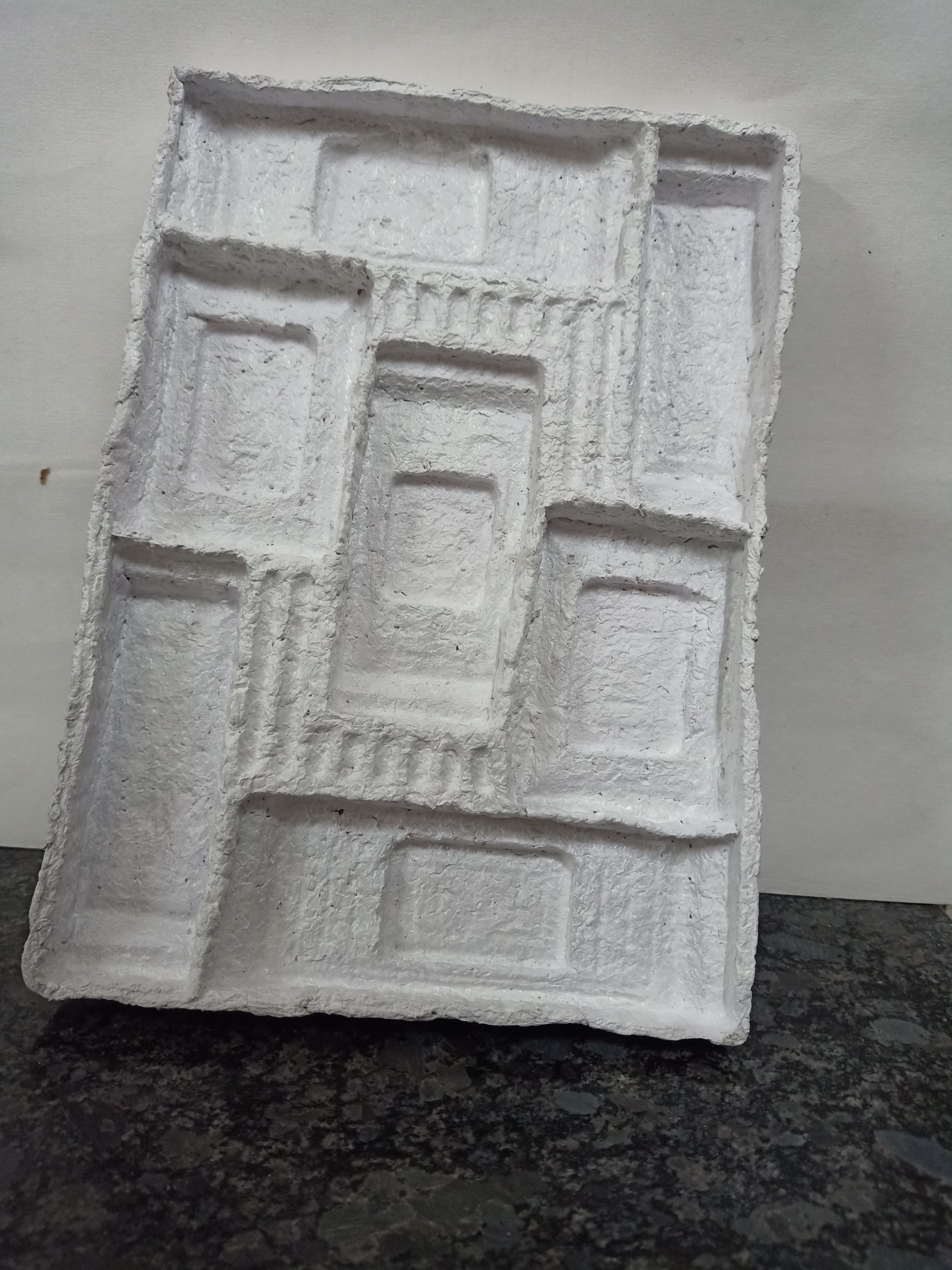IIP's Saamir Akhtar talks about a biodegradable tray
Saamir Akhtar, a student at Indian Institute of Packaging, Mumbai, aims to protect the environment by using paper-based compartmentalised trays in confectionery packaging such as Cadbury Celebrations
08 Aug 2023 | By Saamir Akhtar
Why not plastics?
In response to concerns about India's rising waste generation, the National Green Tribunal in Delhi NCR enacted a ban on throwaway plastics such as cutlery, bags, and other products.
In landfills, plastic products often take up to 1,000 years to disintegrate. However, while the plastic bottles we use every day take 450 years to break down, the plastic bags we use every day take 10 to 20 years.
Paper over plastics
Unlike plastic, paper packaging has no negative environmental impact. Paper may be 100% recyclable and is simple for customers to recycle - unlike many forms of ‘recyclable’ plastics, packaging can easily be disposed of in household recycling bins.
Although paper packaging is initially more expensive than plastic packaging, it might be more cost-effective in the long term for enterprises.
Paper packaging is also a great approach to communicate your brand's values. With more and more people seeking ethical ways to spend their money, promoting your products as environmentally-friendly might enhance sales.
Methodology
I attempt to create compartmentalised trays out of paper. The tray is made by using recycled and waste paper which makes it 100% recyclable. The material has been dipped in the water to check its strength.
The test results show that the compartmentalised tray does not waver its structure for 15 days. It further disintegrates and can be degraded by the action of microorganism in soil.

The tray is made by using recycled and waste paper which makes it 100% recyclable
Process
Use your hands or a kitchen whisk to break up the bits. Mix the pieces in the bowl with your hands or a whisk until they are reduced to a pulp. Pound the paper until it approaches the consistency of a thick soup. When there are no visible paper fragments in the pulp, you may either dry it or mix it for a smoother consistency.
If you do not mix the paper after breaking it down with your hands, it will have a coarser texture and will be more difficult to write on.
To get the smoothest consistency, blend the paper pulp. Pour the contents of the bowl into a blender and puree for 15-30 seconds. If you are using thicker paper, such as cardstock or cardboard, you may need to mix it for a longer period. Stop the blender after 15 seconds and see how thoroughly the pulp is pureed. Continue until the pulp has been crushed into a smooth, fluid consistency in your blender.
Depending on the size of the pulp, you may wish to combine it in batches. If you pick this option, when you are through blending, combine all the batches in a bowl to ensure a uniform consistency.
If the pulp is too thick, add more water. Smooth paper cannot be made from thick, dry pulp. Add a few teaspoons of water if the pulp appears dry after mixing. Pour in little quantities of water and mix for 10 seconds before adding more. Too much water might cause the paste to become too brittle.
After getting the required consistency of the pulp now add the homemade natural glue and give it a shape like the plastic tray used in Cadbury celebrations box.
Natural glue that uses kitchen ingredients is paper mache (papier mache) paste. It's a thin type of flour-based glue that you can add into paper-based pulp, or you can soak the strips in the glue and then apply them. It dries to a smooth, hard finish.


